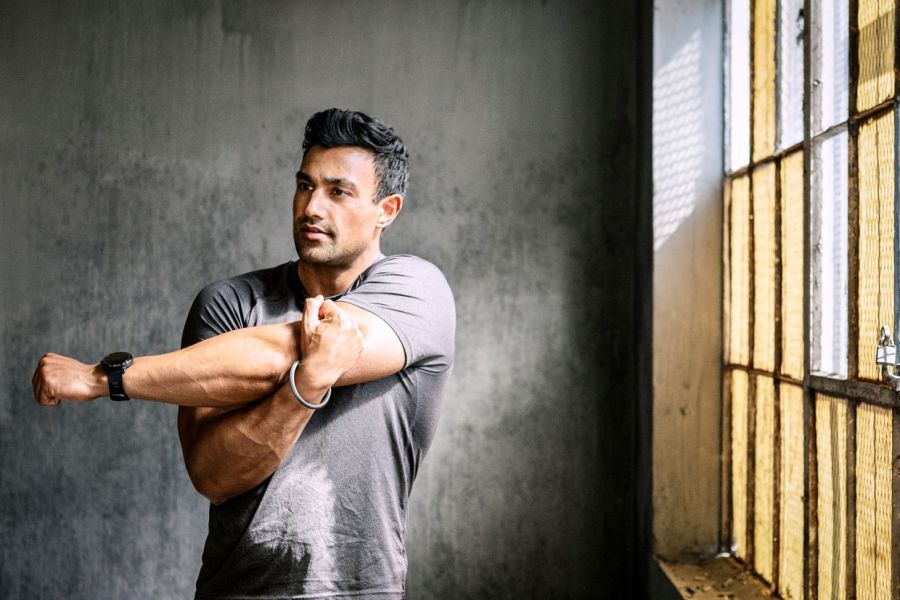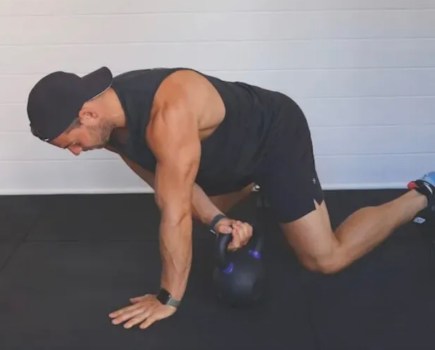When it comes to warming up and cooling down, stretching is stretching, right? Not quite, which is why it’s useful to know the difference between dynamic stretching and static stretching…
We know we need to incorporate stretching exercises and the best foam rollers for workout recovery into our routines to keep us flexible, but not all stretches are the same. We asked professional bodybuilder and Lumaflex CEO John Graham to highlight the differences between dynamic stretching vs static stretching:
Recovery, preventing injury and optimising your prep for training is something often overlooked by those starting to train or play competitive sport. Ideally dynamic and static stretches should be used to perform different roles either side of our workouts.
What’s the difference?
Generally speaking, dynamic stretches come before your session, static stretches come after. Dynamic means movement – so you’re creating blood flow, your warming up muscles, ligaments and joints. You’re priming your body for activity by putting it in motion; replicating the kinds of movements your activity requires. That’s useful for workouts where you’re using your fast-twitch muscle fibres, like heavy lifting, football or combat sports.
After your session is when you should employ static stretching. That’s where you stretch and weaken the muscle fibres, which protects them from inflaming, getting sore and potentially causing injury.
So you’re priming your body up with dynamic stretches and calming your body down with static stretches – trying to promote muscle recovery. Another key difference is static stretches have an end point that you’ll hold to emphasise the stretch, whereas dynamic stretches involve ongoing movement (often back and forth or circular).
A guide to dynamic stretching vs static stretching
There’s no set way to perform dynamic stretches or static stretches. Everyone is different. People’s bodies adapt to stress and to resistance in different ways. I’ve trained my entire life. I’m not going to be doing 10 minutes of dynamic stretching and 30 minutes of static stretching – that’s the kind of protocol prescribed for beginners.
A few arm swings and I’m good to go because my body’s ready for it.
Likewise there’s no prescriptive set of dynamic stretches or static stretches. Everyone will develop their own protocol, which you have to learn during your journey into fitness. You can even incorporate a little static stretching into your warmup depending on what you’re training for.
There will be a mind-to-muscle connection that can only come over time. But when it does it becomes subconscious and you know when you’ve done enough. There are guidelines agreed upon in the fitness industry but it’s up to you to learn your body’s requirements.
Injury will have an effect on your dynamic and static stretches and that’s when you do a little extra, talking to your body and listening to it.
John Graham is CEO of light therapy treatment company Lumaflex.
Related content:






